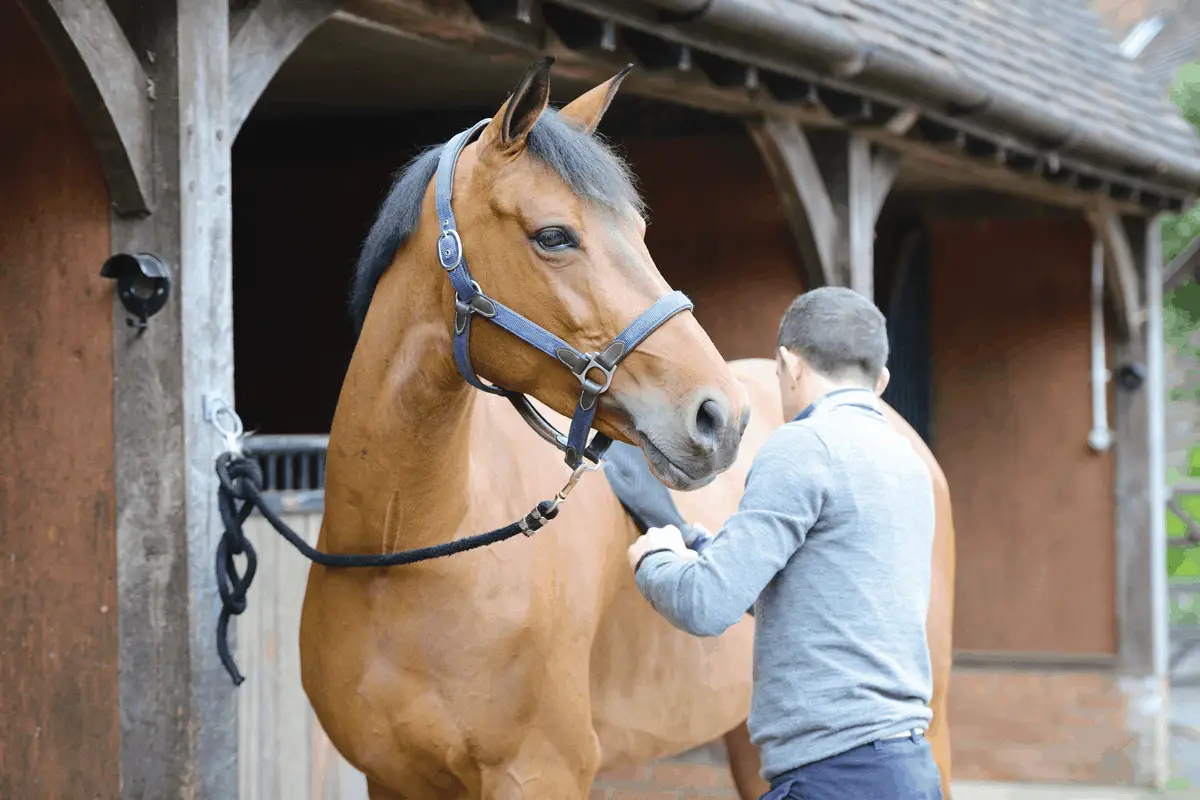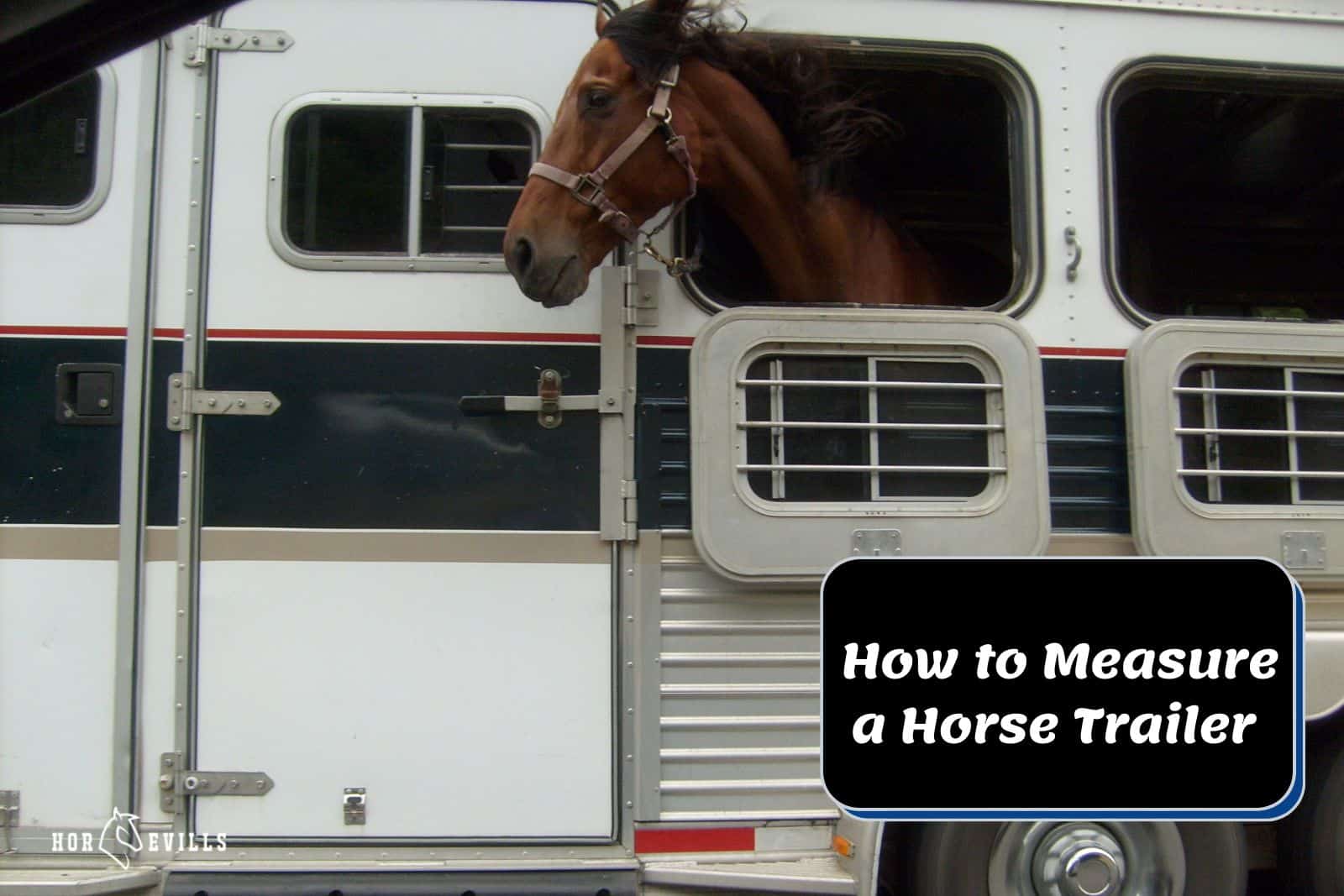Are you an avid horse enthusiast who loves to travel with your equine companion? If so, you likely understand the importance of a functional and safe horse trailer. One crucial component of any horse trailer is its flooring. Over time, the wood floor in a horse trailer can deteriorate due to exposure to moisture, heavy use, and wear and tear. When this happens, it’s essential to replace the wood flooring to ensure the safety and comfort of your horses during travel. In this comprehensive guide, we will walk you through the step-by-step process of replacing the wood floor in a horse trailer, allowing you to maintain a safe and durable environment for your beloved horses.
Assessing the Damage

Before you embark on the journey of replacing the wood floor in your horse trailer, it’s crucial to assess the extent of the damage. Start by thoroughly inspecting the current flooring for signs of rot, decay, or weakness. Look for areas where the wood may be sagging, discolored, or showing signs of water damage. Additionally, pay close attention to any areas where the floor feels spongy or uneven underfoot. These are all indicators that the wood flooring is compromised and in need of replacement.
Gathering the Right Tools and Materials
Once you’ve assessed the damage and confirmed that the wood floor needs to be replaced, it’s time to gather the necessary tools and materials for the job. You’ll need a variety of tools, including a circular saw, pry bar, hammer, measuring tape, and drill, among others. As for materials, you’ll require high-quality plywood or lumber suitable for outdoor use, as well as corrosion-resistant screws, adhesive, and a sealant to protect the new flooring from moisture and environmental factors.
Removing the Existing Flooring
With the tools and materials in hand, the next step is to remove the existing wood flooring from the horse trailer. Start by removing any fixtures, such as dividers or tack storage, that may obstruct the flooring. Use a pry bar and hammer to carefully lift and remove the old flooring, taking care to avoid damaging the trailer’s frame or support beams. Once the old flooring is removed, thoroughly clean and inspect the trailer’s frame to ensure it’s free of debris and damage.
Measuring and Cutting the New Flooring
After removing the old flooring and preparing the trailer’s frame, it’s time to measure and cut the new flooring to fit the trailer’s dimensions. Accurate measurements are critical at this stage to ensure a precise fit and proper alignment. Use a measuring tape and a circular saw to cut the plywood or lumber to the exact size needed for each section of the trailer’s floor. Take your time with this step to avoid any errors that could result in ill-fitting flooring.
Securing the New Flooring
Once the new flooring has been measured and cut to size, it’s time to secure it in place. Apply a suitable adhesive to the trailer’s frame before carefully laying the new flooring into position. Use corrosion-resistant screws to fasten the new flooring to the frame, ensuring a secure and stable installation. Pay close attention to the edges and seams, making sure that the new flooring fits snugly and securely against the trailer’s frame.
Sealing and Finishing
After the new flooring is securely in place, the final step is to seal and finish the surface to protect it from moisture and environmental elements. Apply a high-quality sealant designed for outdoor use to the entire surface of the new flooring, paying special attention to the edges and seams. This will help prevent moisture from seeping into the wood and causing premature deterioration. Additionally, consider adding a non-slip coating to the surface to provide added traction and safety for your horses during travel.
Reinstalling Fixtures
With the new flooring installed and sealed, it’s time to reassemble any fixtures that were removed during the replacement process. Carefully reinstall dividers, tack storage, and any other accessories, ensuring that they are securely anchored to the new flooring. Double-check that all fixtures are properly aligned and fastened to prevent any potential hazards during transport.
Regular Maintenance and Inspection
With the wood floor successfully replaced in your horse trailer, it’s essential to establish a routine maintenance schedule to ensure the longevity and safety of the new flooring. Regularly inspect the flooring for signs of wear, damage, or moisture penetration. Keep an eye out for loose screws, protruding nails, or any areas that may require additional sealing or reinforcement. By staying proactive with maintenance, you can prolong the lifespan of your horse trailer’s wood flooring and provide a secure and comfortable environment for your horses.
Looking to upgrade your horse trailer? Check out our articles on cutting horse stall mats and cleaning aluminum horse trailers for some useful tips. And if you’re also interested in maintaining a clean and comfortable stable environment, our piece on cleaning horse stalls could be helpful as well.
Conclusion

In conclusion, replacing the wood floor in a horse trailer is a critical maintenance task that directly impacts the safety and comfort of your equine companions during travel. By carefully assessing the damage, gathering the necessary tools and materials, and following a systematic approach to removal and installation, you can ensure a successful and durable replacement of the wood flooring. Additionally, prioritizing regular maintenance and inspections will help preserve the integrity of the new flooring and contribute to the overall safety of your horse trailer. With a solid and well-maintained wood floor, you can embark on your equestrian adventures with confidence, knowing that your horses are traveling in a secure and comfortable environment.



